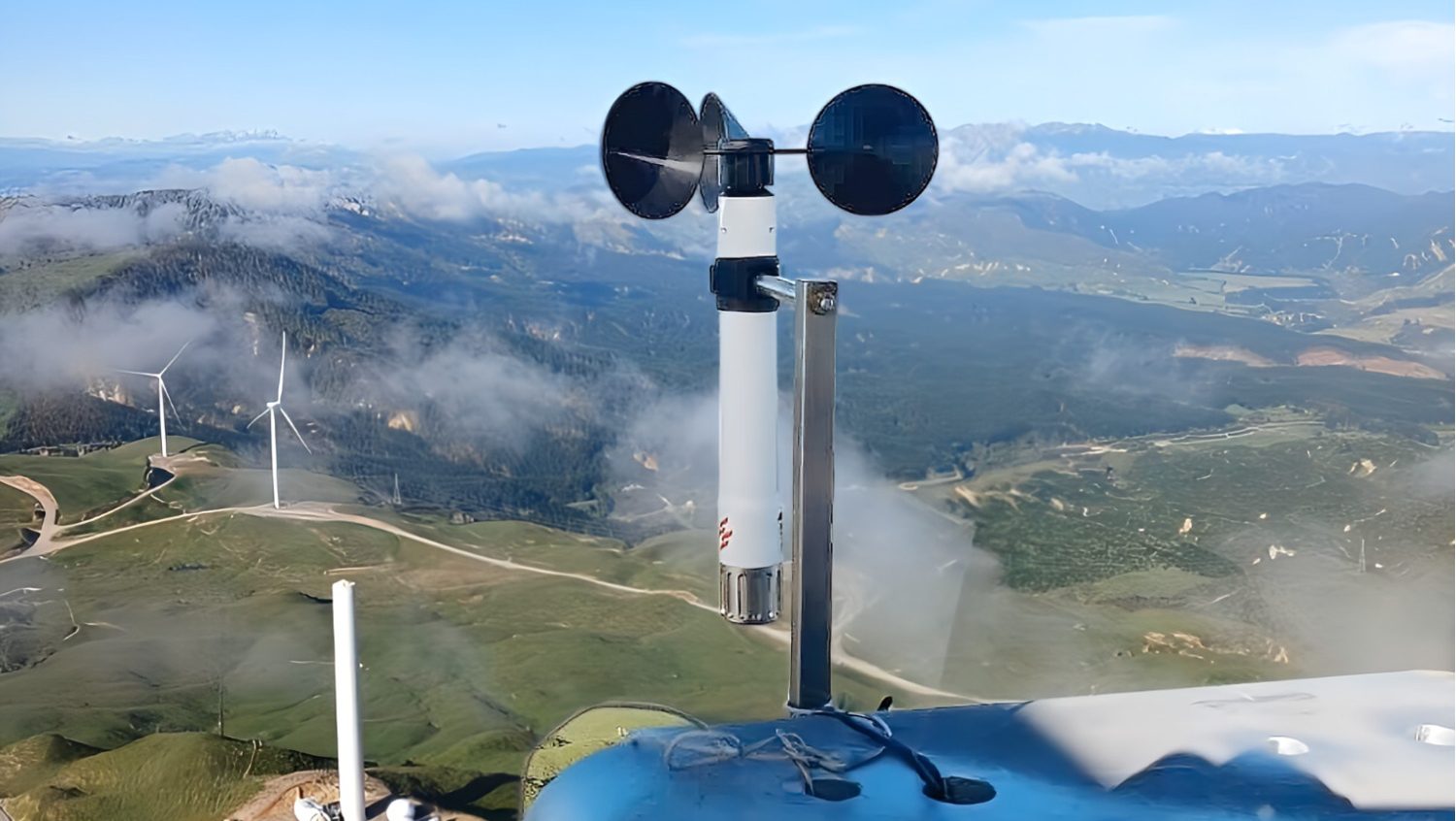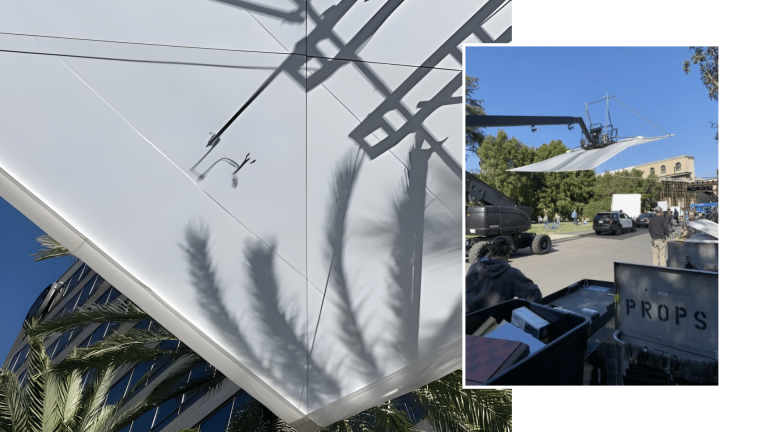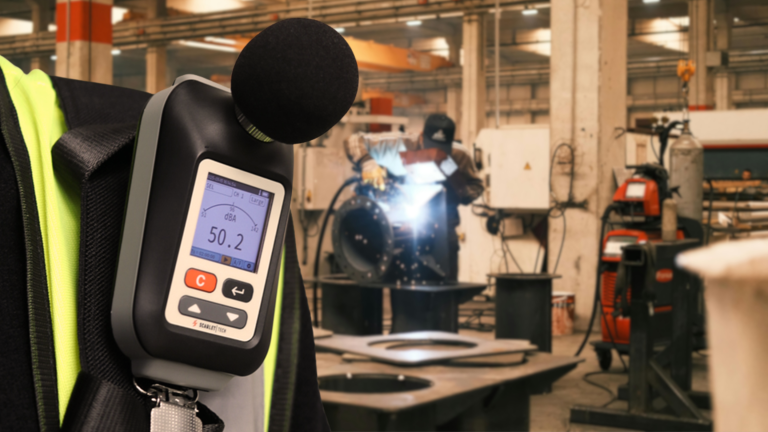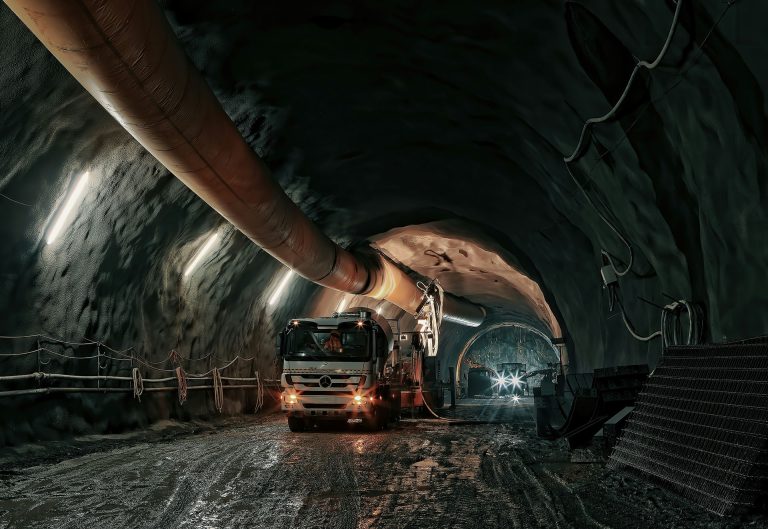Wind speed plays a vital role across various industries — from ensuring flight safety and optimizing wind farms to predicting severe weather and safeguarding construction sites. Measuring it accurately is essential for both operational efficiency and human safety. So, what tool is used to measure wind speed? The answer is simple: the anemometer. This specialized instrument has been helping humans understand and interact with wind patterns for centuries.
What Is an Anemometer and How Does It Work?
An anemometer is a scientific device designed primarily to measure wind speed. Some advanced models also record wind direction and air pressure, offering a complete profile of atmospheric conditions. The term itself comes from the Greek word anemos, meaning “wind,” and the first known anemometers date back to the 15th century, attributed to Italian architect Leon Battista Alberti.
The working principle of an anemometer varies depending on the type. However, all models function by converting the physical movement of air into measurable data. Some detect mechanical motion—like the spinning of cups—while others measure changes in sound, heat, or light caused by airflow. The resulting information is displayed either digitally or on an analog dial, offering immediate insights into the wind’s behavior.
Types of Anemometers
Today, there are several types of anemometers, each suited to different environments and precision needs. Explore this detailed breakdown on types of anemometers.
- Cup Anemometers: These devices use rotating cups to measure how fast the wind is blowing. The faster the rotation, the stronger the wind.
- Vane (Propeller) Anemometers: Featuring a propeller linked to a directional vane, these models capture both wind speed and direction.
- Hot-Wire Anemometers: By gauging how quickly a heated wire cools as air passes over it, they provide sensitive airflow measurements, especially for lower speeds.
- Ultrasonic Anemometers: These use sound waves; variations in wave travel time between sensors are translated into wind speed and direction data.
- Laser Doppler Anemometers: These high-precision devices detect changes in laser light scattered by air particles, ideal for research and specialized industrial needs.
- Pitot Tubes: Often used in aviation, these instruments calculate airflow by measuring differences in pressure as the wind passes over them.
What Is the Function of an Anemometer?
The primary function of an anemometer is to provide accurate, real-time measurements of wind speed, and in some cases, wind direction and pressure. This data is crucial for various applications, including construction sites, weather forecasting, aviation, marine navigation, and environmental monitoring.
Anemometers operate by detecting the movement of air and converting it into measurable data. Mechanical anemometers, such as cup and vane types, measure wind speed based on the rotation caused by wind flow. Electronic anemometers, like hot-wire and ultrasonic types, assess wind speed by detecting changes in temperature or sound waves as air passes through or over sensors.The measurements obtained are typically expressed in units such as meters per second (m/s), kilometers per hour (km/h), miles per hour (mph), or knots, depending on the industry and regional standards. For instance, the International Civil Aviation Organization recommends using meters per second for reporting wind speeds during runway approaches.
What Is an Anemometer Used For? – Industry Applications

Anemometers find widespread application across multiple industries, ensuring safety, enhancing operational efficiency, and supporting scientific research:
Construction & Industry
Construction sites employ anemometers to monitor wind conditions that could affect crane operations, scaffolding stability, and worker safety. Industries with ventilation systems use them to assess airflow, ensuring environmental control and compliance with safety standards.
Meteorology & Climate Research
In meteorology, anemometers are fundamental for measuring wind patterns, which are essential for accurate weather forecasting and climate modeling. They help in tracking storm systems, understanding atmospheric dynamics, and studying long-term climate changes. Data from anemometers contribute to models that predict weather events and assess climate variability.
Aviation & Aerospace
Aviation relies heavily on precise wind measurements for safe flight operations. Anemometers provide real-time data on wind speed and direction, aiding in takeoff and landing procedures, flight path adjustments, and drone navigation. In aerospace, they assist in testing aircraft performance under various wind conditions.
Marine & Offshore
Maritime operations utilize anemometers to ensure safe navigation and efficient port activities. Wind data is crucial for ship routing, docking maneuvers, and the operation of offshore platforms. Accurate wind measurements help in mitigating risks associated with high seas and adverse weather conditions.
Wind Energy
In the renewable energy sector, anemometers are vital for assessing potential sites for wind farms. They measure wind speed and direction to determine the feasibility and optimal placement of turbines. Continuous monitoring ensures turbines operate efficiently and safely, maximizing energy output.
Environmental Monitoring
Environmental agencies use anemometers to study air quality and pollutant dispersion. By understanding wind patterns, they can predict the spread of airborne contaminants and assess the impact on ecosystems. This information is crucial for developing strategies to improve air quality and public health.
Education & Research
Educational institutions incorporate anemometers into science curricula to teach students about meteorological instruments and atmospheric science. Researchers use them in experiments to study airflow dynamics, contributing to advancements in fields like aerodynamics and environmental science.
Choose the Right Anemometer for Your Needs
Choosing the right anemometer depends on your specific application, environment, and precision requirements. Whether you need a robust model for industrial fieldwork or a wireless, explosion-proof anemometer for hazardous locations, Scarlet Tech has a solution tailored for you.
Explore Scarlet Tech’s range of wireless and industrial-grade anemometers today and ensure you have the best tools for safe, accurate, and reliable wind measurement.



